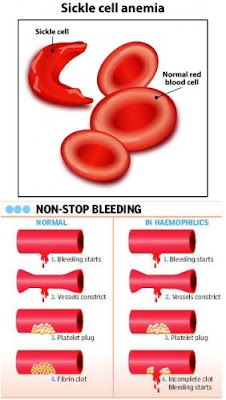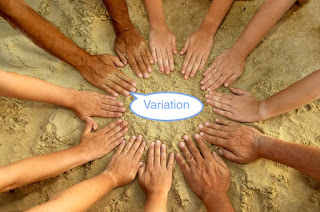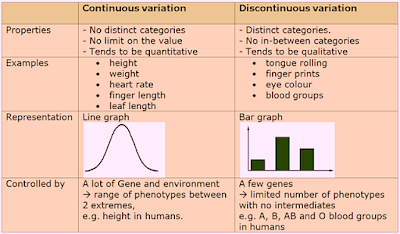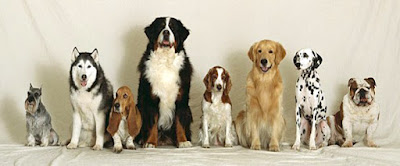SPM Biology 10 Transport - Erythrocyte
1. The circulatory system in human and animals consists of:
- Blood
- Blood vessels
- Heart
2. The medium of transport in human and animal =
BLOOD
Composition of human blood
1. Blood = a connective tissue in liquid form.
2. The human blood is made up of:
- 55% plasma
- 45% blood cells
3. Plasma is the liquid part of the blood. It is pale yellowish in colour and contains various dissolved substances.
4. There are 3 types of blood cells:
- Erythrocytes (red blood cell)
- Leukocytes (white blood cell)
- Platelets
 |
| Blood composition |
Erythrocytes (red blood cell)
 |
| Erythrocyte (red blood cell) |
1. Biconcave disc-shaped.
- Increases the TSA/V ratio to facilitate the exchange of gases by diffusion across the membrane.
2. Has an elastic membrane.
- Enables the erythrocyte to change its shape, so that it an squeeze through the narrow blood capillary.
3. Matured erythrocytes
does not have nucleus.
- Enables the erythrocyte to contain more haemoglobin to carry more oxygen.
4. Erythrocytes are produces in the
bone marrow.
5. Erythrocytes survive for about 120 days and are then destroyed in the spleen and liver.
6. Each erythrocyte contains haemoglobin, a respiratory pigment containing iron and causes the blood to be red in colour.
7. Haemoglobin is responsible for:
- transport oxygen (oxyhaemoglobin)
- transport carbon dioxide (carbaminohaemoglobin)
8. When erythrocytes are destroyed, the by-products are iron and the bile pigment called
bilirubin. The accumulation of the bilirubin in the body can cause
jaundice, that is yellowing of the eyes and skin. While the iron will be reused to produce new haemoglobin or excreted from the body.















